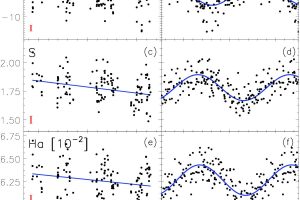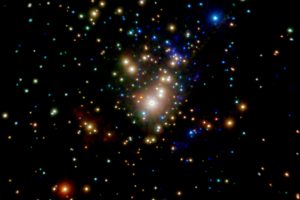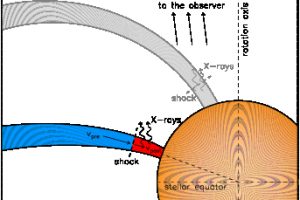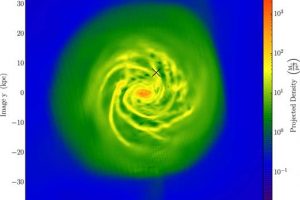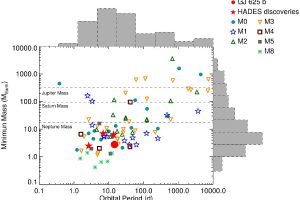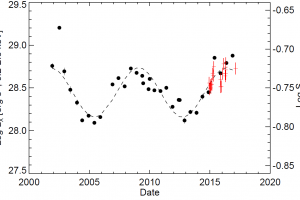A search for binary systems with GES. The study “The Gaia-ESO Survey: double, triple, and quadruple-line spectroscopic binary candidates” by T. Merle recently appeared on A&A
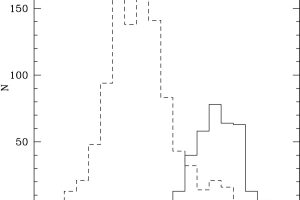
The study of binary systems plays an important role in several fields of astronomy such as stellar evolution and galactic archeology since it allows direct measurements of stellar parameters such as masses, radii, and luminosities. Multiple stellar systems have typically small angular separation and thus they are not resolved by direct imaging. In these cases spectroscopy is a powerful tool
» Read more
